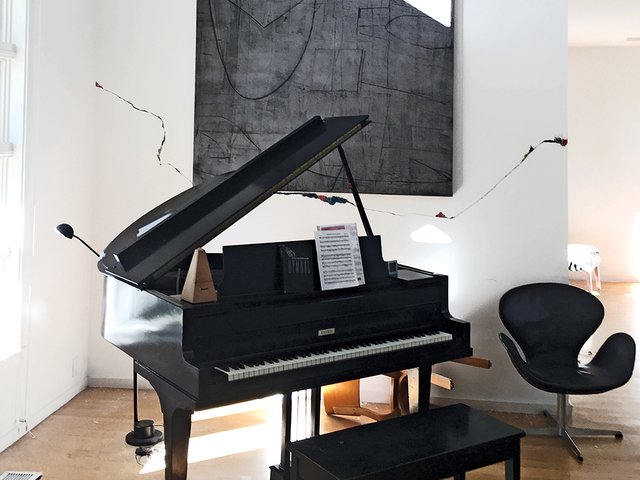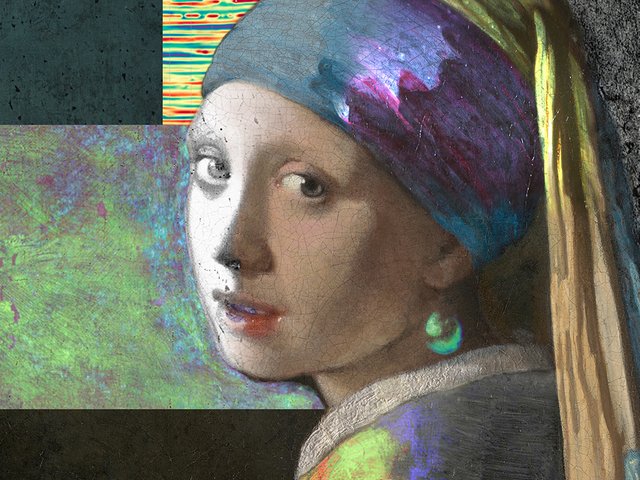Houston
Newman did not make preparatory sketches or studies for his works, and often said that he did not know what a painting was going to look like until it was finished. But new findings by conservators at the Menil Collection in Houston, Texas, are changing the way in which curators and scientists think about the artist’s work.
Brad Epley, the institution’s chief conservator, began to treat Newman’s Be I, 1949—a crimson canvas with a white strip down the centre—in 2003. The work had fallen off a wall and cracked in storage in 1959. Newman considered it beyond repair and created a second version of Be I in 1970. It was the final work he completed before his death.
Comparing the two versions side by side, Epley uncovered a previously unknown shift in Newman’s technique. Stratigraphic analysis revealed that the artist made the earlier version by layering oil paint in three different colours, whereas a single custom-made acrylic and emulsion paint was used in the later work. The two methods produced strikingly different results. The first version has the kind of moody, modulated surface that made the Abstract Expressionists famous, while the second has the flatter, glossier appearance more often associated with Minimalism and Pop art.
The two works are due to be displayed together for the first time in the institution’s exhibition “Barnett Newman: the Late Work” (27 March- 2 August). The show was inspired by Epley’s research, and it is the first time that a curator and a conservator have co-organised a presentation of the artist’s work. “What makes the late works so unique, and what made us want to consider them as a discrete body of work, is Newman’s material shift,” says the institution’s curator Michelle White. “These kinds of projects are only possible when conservators and curators collaborate.”
To achieve the saturated effects in the later work, Newman commissioned a paint company to create a special slow-drying formula. The cutting-edge cocktail enabled the artist “to achieve a unity between surface and colour”, Epley says. But the additives also make the late paintings more unstable and difficult to conserve. “It’s something we’re just now beginning to think about,” Epley says. He is due to present his findings at a symposium organised by the Menil on 10 April.
• For a preview of the exhibition, see p40




